West isn’t always best for home decor. If you’ve tried feng shui and want to create a Zen retreat, embracing the Orient could revitalise your space.
Seeking inspiration from distant lands isn’t anything new – just look at the success of Scandi, including the lifestyle philosophies from hygge to lagom calmly sweeping the nation.
There are many Eastern interior movements, each stepping to its own beat. Some traditions incorporate ancient belief systems, with others taking a unique look at urban living.
As a postmodern pop-art revival sweeps the West, designers in China and Japan are taking things back to basics.
Choose your Oriental colour scheme
The first step in any Eastern design journey is to choose a colour scheme that chimes with your desired mood. Chinese schemes are vivid and bold, with lucky reds, deep purples and a warm, golden glow. Japanese looks tend to be cooler, calmer and based in natural tones.
Once your path is chosen, pairing hues can make the look your own. An ornately Chinese living room might pair well with a terracotta kitchen, for instance.
Set a red sofa like the Bronco in Utah Bordeaux against a fuzzy, gold-lit backdrop. Avoid cliché Chinese lanterns – instead subtly build mood lighting into the walls or opt for modern pendant lights. If you need a quick fix, simple bamboo lamp shades can work wonders.
Choosing a Japanese base means subtler shades like lotus pink and soft pastels. Make bamboo brown and bonsai green your secret weapons with the Cricket in lavish emerald.


Soft furnishings: a taste of tradition
The easiest way to experiment with Oriental decor is with soft furnishings. This might mean investing in a patina rug with Eastern weavings or a bright sofa throw. From the tree of life to modern twists on Japanese florals, there are many options.
Try Oriental bedroom accessories such as duvet sets embroidered with calming natural imagery. In the living room, you might invest in floor-length Oriental curtains. Intricate patterns can add balance to cool rooms or turn up the heat in bohemian spaces.
Your sofa is another place to experiment with hints of the Orient. Try a damask sofa like the Belgrade or, if you prefer a modern take on traditional brocade patterns, take a look at the elaborate Etienne.
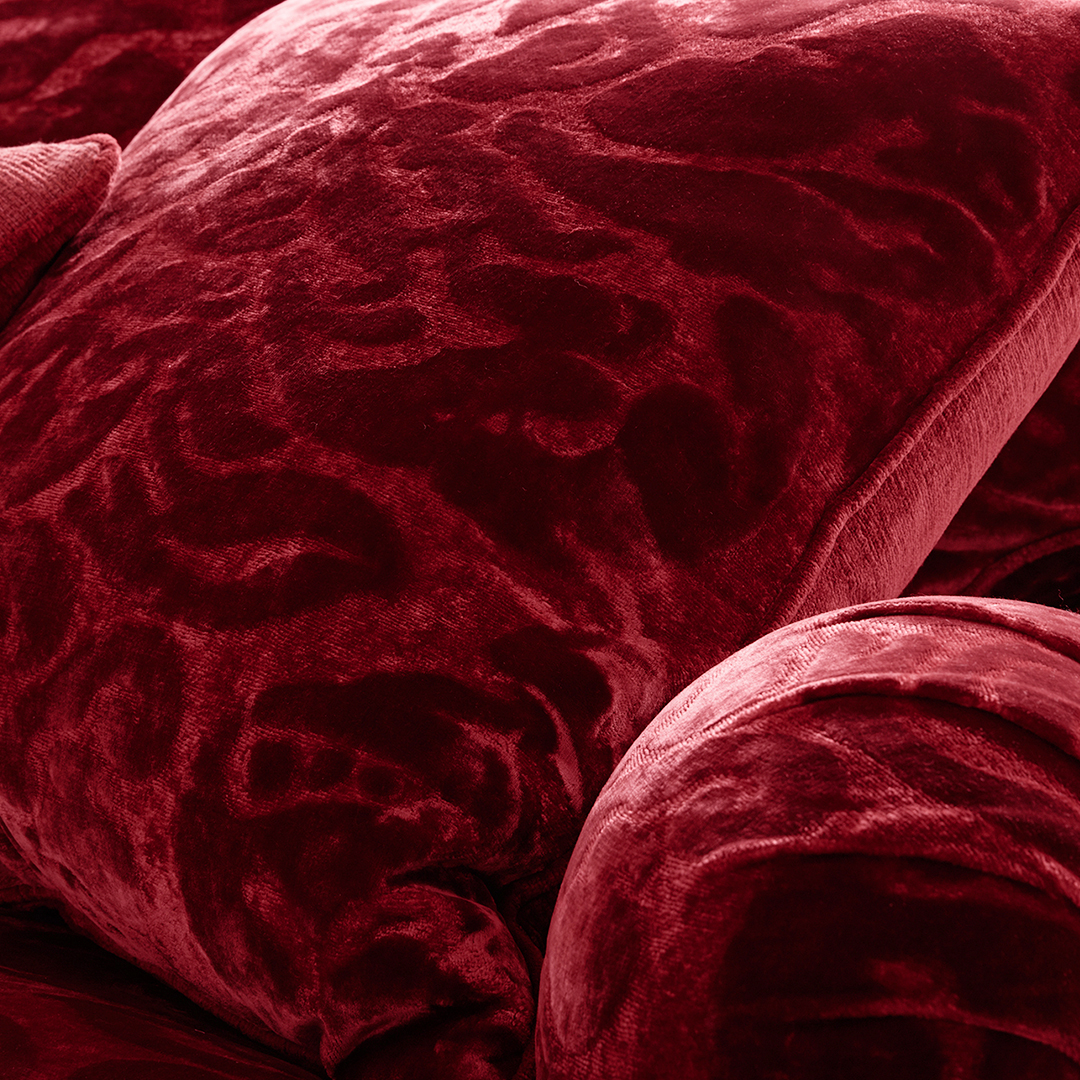
Furniture: the natural and the futuristic
Structure is an important building block of interior design. If you don’t have the scope to rework architecture, furniture choices are crucial.
Square shapes are influential in Eastern designs, so opt for cabinets and sofas with strong, rectangular borders. Seating is usually low and simple.
Furniture crafted from natural bamboo helps to channel Japanese chic. Wooden floors and tables are your friends – pair with houseplants and let your ancient Eastern accessories do the talking. If you’re looking for a square, understated sofa that fits perfectly, look no further than the Fellini.
Of course, Eastern interiors aren’t all about nature and tradition. Japanese futurism has a long history and up-and-coming Chinese creatives are using jarring angles to create new modes of urban living in cities like Guangzhou. To channel the futuristic Orient, opt for a flat-yet-metallic sofa like the Vittorio, then pair with angular metallic shelves.

Think about natural elements
Water, air and earth are important elements under the Wu Xing branch of Chinese philosophy. Most Western interiors will include wooden or metallic details, but Oriental designs are more likely to bring the outside in.
Bi-folding doors and large, square windows are a blessing but not essential. Think about interior water fountains, fish tanks and minimalistic blinds to carry fresh air and light. Windowpane mirrors are a great way to cheat the system in spaces with few windows and doors.

Use symbolic accessories
Accessorising your room with Chinese or Japanese art gives the space an instantly Eastern feel, so peruse art auctions to find the perfect print.
Of course, Oriental home design isn’t all about aesthetics. Ancient belief systems dictate that colours and objects have symbolic value, too. The butterfly is a symbol of joy in China, while cranes represent peace, hope and longevity.
Even shapes have symbolic significance – circles represent heaven, while squares are earthly and grounded. This means incorporating circles into ceiling accessories – like light fittings – is appropriate in the Oriental tradition.
Looking for ways to revamp your home?
Read on for more ideas:
Style Trend: modern pastels Different ways to light your living room Five inspirational architects from around the world


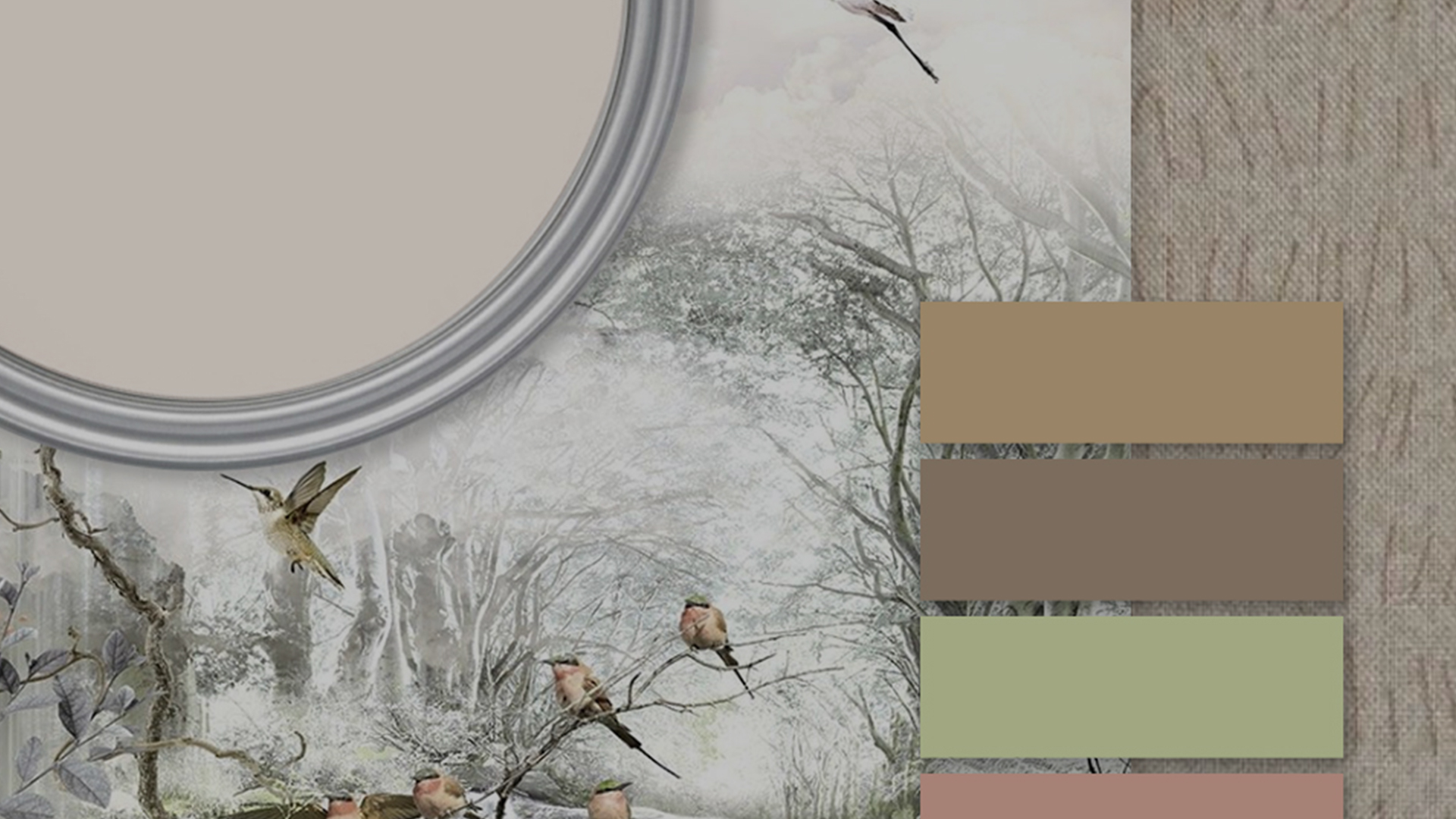
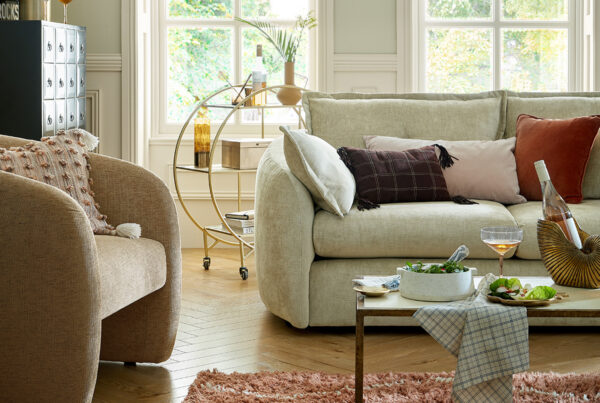
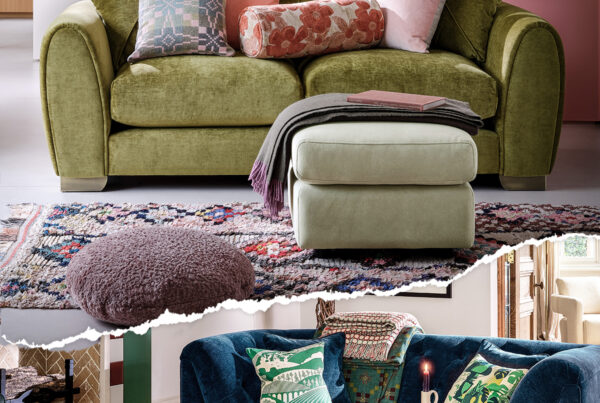
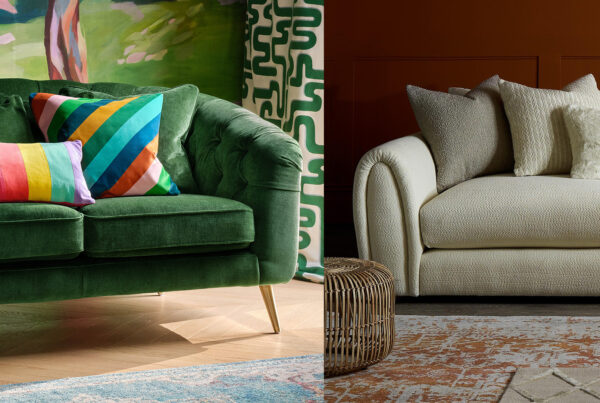
None of the designs shown look attractive to me. I want a sofa with a high back, – head height.
Hi Bernard,
I’m sorry to hear none of the designs we have in at the moment is right for yourselves, we are always bringing in new models so please keep your eye out.
Many thanks